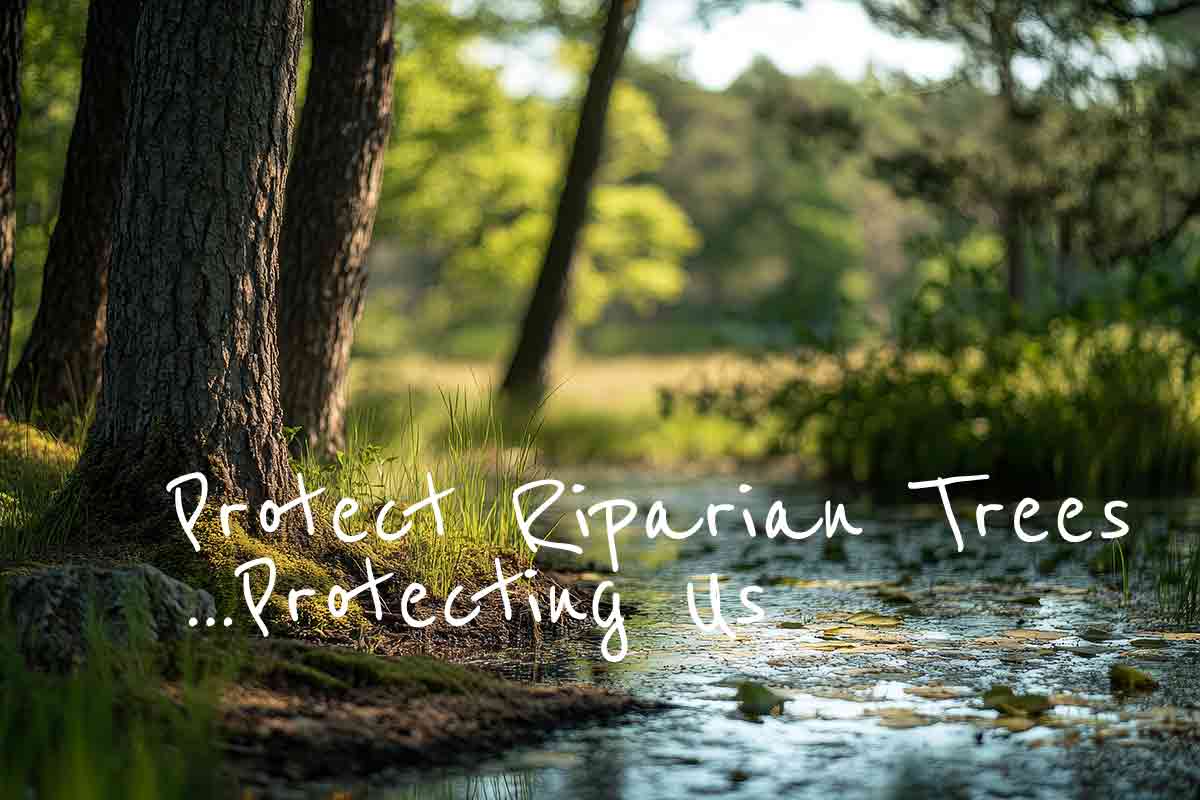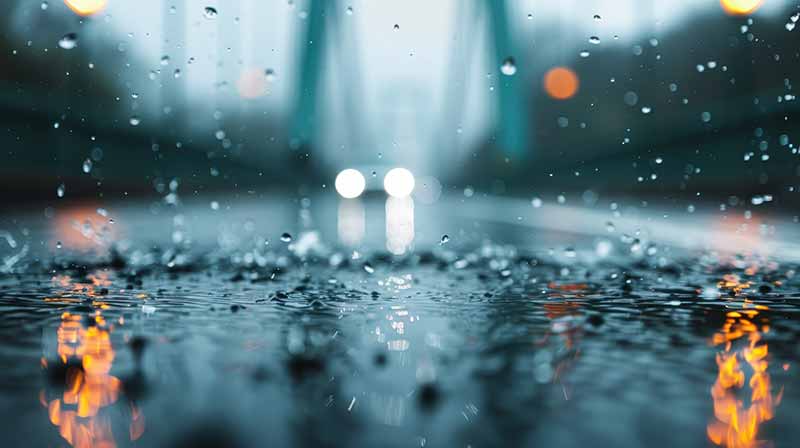Impervious Surfaces, Flooding and Soil Erosion versus Absorptive, Stabilizing Vegetation
From the Office for Coastal Management, California:
“When natural vegetation [working trees, shrubs and grasses] is replaced with
an impervious surface [such as asphalt, concrete, brick that are covered by water-resistant materials]
the natural hydrology cycle is altered, increasing stormwater runoff and reducing groundwater recharge.
The result is
more frequent flooding,
higher flood peak flow, lower base flow in streams, and
lower water table levels.”
Assessing the Impact of Impervious Surfaces on Water Resources in Southern California,
A well done practical explanation of flood event impacts on neighborhoods where there are pervious surfaces ( trees, shrubs and grasses) versus nonpervious (water repellant pavement, gravel, etc.) It is by “San Antonio Water. Leaders in Watershed Solutions”. If Texas is taking action, surely we should be in our rainy climate with the atmospheric rivers we are experiencing.
A UN video on the globally endorsed importance of trees , shrubs and grassing working to prevent flooding.
From a World Wildlife Federation article, “Act Locally: How to Help Nature by Preventing Erosion in Your Community“:
“Here on the West Coast…we receive a lot of rainfall [and] because of climate change, the intensity and frequency of these large atmospheric river events are increasing.
…
To stabilize a landslide or to prevent bank erosion on a river, you can also use nature-based solutions — roots and plants have an amazing ability to cling to soil.
When raindrops fall on bare soil, it causes erosion [but] a plant can dissipate the energy of those raindrops and absorb some of that water.
…
Re-establishing biodiversity and plant cover on disturbed soils is more important than ever.
…
The basic principles of…soil erosion work applies to the slopes of a city ravine…or the edges of a creek or the banks of a pond.
…
[Spend] time in your local national or provincial park or conservation area to observe what’s growing in the understory, or the characteristics of the tree canopy….
…
Look for areas where plants are functioning and working well.
…
Before you take any action, it’s very important to speak with professionals — biologists, government agencies or local conservation nonprofits — about what sort of plant species will survive in your ecosystem.
…
The best advice …for people who want to combat erosion on their own properties [is to] remember it’s an ongoing process and usually takes a few years of adding a different species of plants
…
Stewardship is a never-ending process. It’s building this connection with a place you love — whether it’s a river, a patch of grass, a small forest or a trail — and then committing to take care of it.
…
Maybe that’s picking up garbage? Maybe that’s native grass seeding every year? Maybe it’s putting up a sign advising people not to walk off a trail on an eroding ravine slope?
…
Whatever the approach, it’s about constant care. Because damages will constantly occur, and if we want ecosystems to function, there needs to be that that level of love.”
“Act Locally: How to help nature by preventing erosion in your community”
Working Riparian Area trees, shrubs and grasses , 15m top of bank in watercourses in West Vancouver, are especially important in storm water management. From the Pacific Streamkeepers Federation:

“Riparian vegetation [trees, grasses and shrubs] is a very important part of a stream ecosystem.
…
Plants stabilize stream banks, reduce erosion,
and provide protective cover for fish.
…
Trees provide shade, which helps control water temperatures. Logs fall into the stream, where they create diverse habitat and help dissipate erosion energy.
…
Plants help the soil absorb precipitation and release it slowly during dry spells.
…
Urban development, logging, and agriculture have reduced or destroyed the riparian vegetation of many streams and rivers.
Fortunately, streamside planting is an inexpensive, effective restoration project.
The Pacific Streamkeepers Federation
Related Posts:
The Importance of Our Strong, Healthy Tree Roots and Hazards of Woody Debris
If Valuable Community Trees Fall in our Urban Forest Does Anybody Hear?

